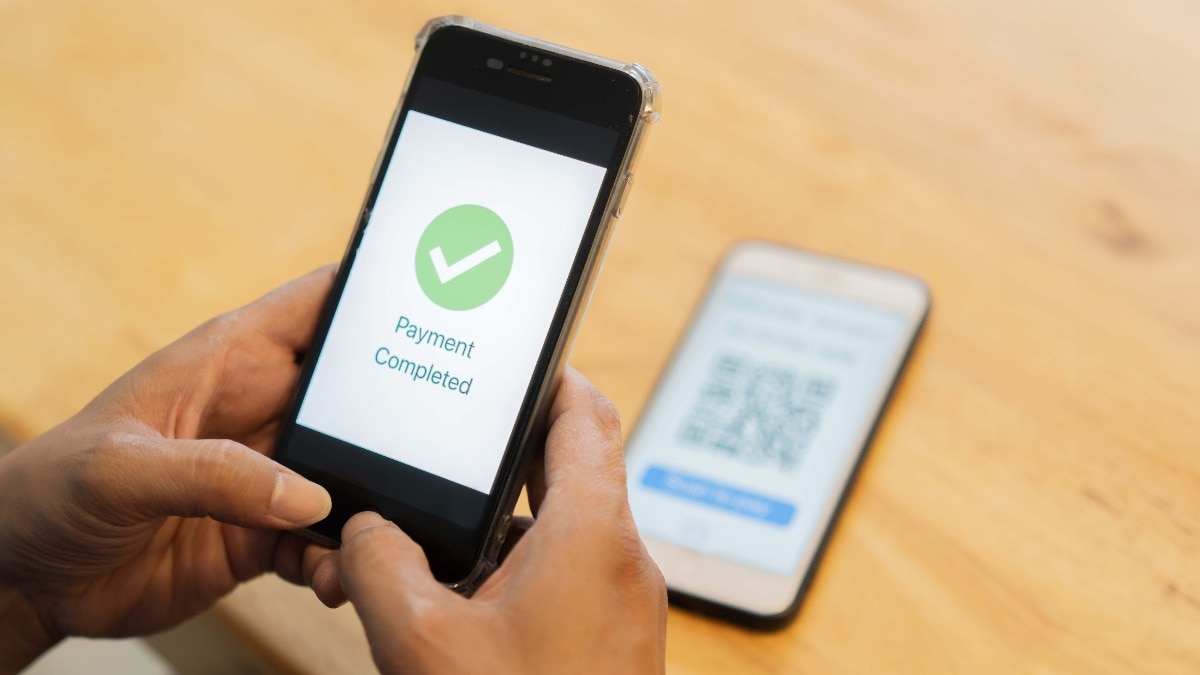From June 16, 2025, Unified Payments Interface (UPI) transactions, especially merchant payments, will now be faster and more reliable, thanks to a major infrastructure upgrade by the National Payments Corporation of India (NPCI). The backend overhaul, involving a significant reduction in response times for key UPI APIs (Application Programming Interfaces), is expected to make digital payments quicker and more seamless for India’s 350 million+ users.
As per an NPCI circular dated April 26, 2025, the organisation has implemented new turnaround time (TAT) standards for critical APIs that form the technological backbone of UPI. These APIs enable the exchange of data between the payer’s bank, the payee’s bank, and UPI apps during a transaction—validating, processing, and reversing payments when needed.
With this initiative by the NPCI, consumers using UPI payment apps such as Google Pay, Phone Pe, Paytym, Bhim UPI, Amazon Pay, Cred UPI, and others can anticipate quicker transaction processing and expedited reversal of failed UPI transactions.
Previously, this communication could take between 15 to 30 seconds depending on network load and system efficiency. Following the update, API response times have been sharply reduced to as low as 8 seconds in some cases—cutting delays by up to 66%.
Key changes in UPI processing time:
Request Pay (Debit/Credit):
TAT reduced from 30 seconds to 15 seconds
Check Transaction Status:
Must now resolve in 10 seconds, down from 30 seconds
Transaction Reversals:
Time cut to 10 seconds, earlier allowed 30 seconds
Validate Address (for Pay/Collect):
Processing time slashed to 8 seconds, earlier 10 seconds
These performance standards apply uniformly across the UPI ecosystem—including banks, Payment Service Providers (PSPs), and app-based platforms.
What does this mean for users
The upgrade directly improves user experience, especially during high-traffic hours, festival sales, or large-scale disbursements. With faster API responses, users will now see quicker payment confirmations, reduced wait time in failed transaction reversals, and fewer instances of timeouts or transaction errors caused by backend lags.
“With 15-second UPI processing, payments will now be faster and more reliable—a win-win for India’s 350 million users,” said Sarika Shetty, CEO and co-founder of RentenPe. “It will ease load during peak hours, improve gateway efficiency, and further drive UPI’s adoption across rural and global markets.”
Behind the push for speed
The NPCI clocked over 18.6 billion UPI transactions in May 2025 alone. As UPI use cases expand—from peer transfers to e-commerce, offline QR-based payments, international remittances, and even credit disbursement—speed and stability have become vital to support the growing demand.
Participating banks and apps have now been directed to upgrade their systems to comply with the new TATs. NPCI has also emphasized that the enhancements should not result in increased technical failures, urging stakeholders to maintain both speed and reliability.
Industry experts see this move as more than just a technical fix. It marks a strategic step toward positioning UPI as the default mode of digital payments in India and abroad.
“India’s digital payments ecosystem has reached a major inflection point,” said Kunal Varma, Co-founder and CEO, Freo. “Faster transactions drive higher trust, and this will accelerate UPI’s reach beyond peer transfers into high-value commerce, regular bills, and cross-border payments. It also strengthens the foundation for a real-time, inclusive digital banking future,” he added.
